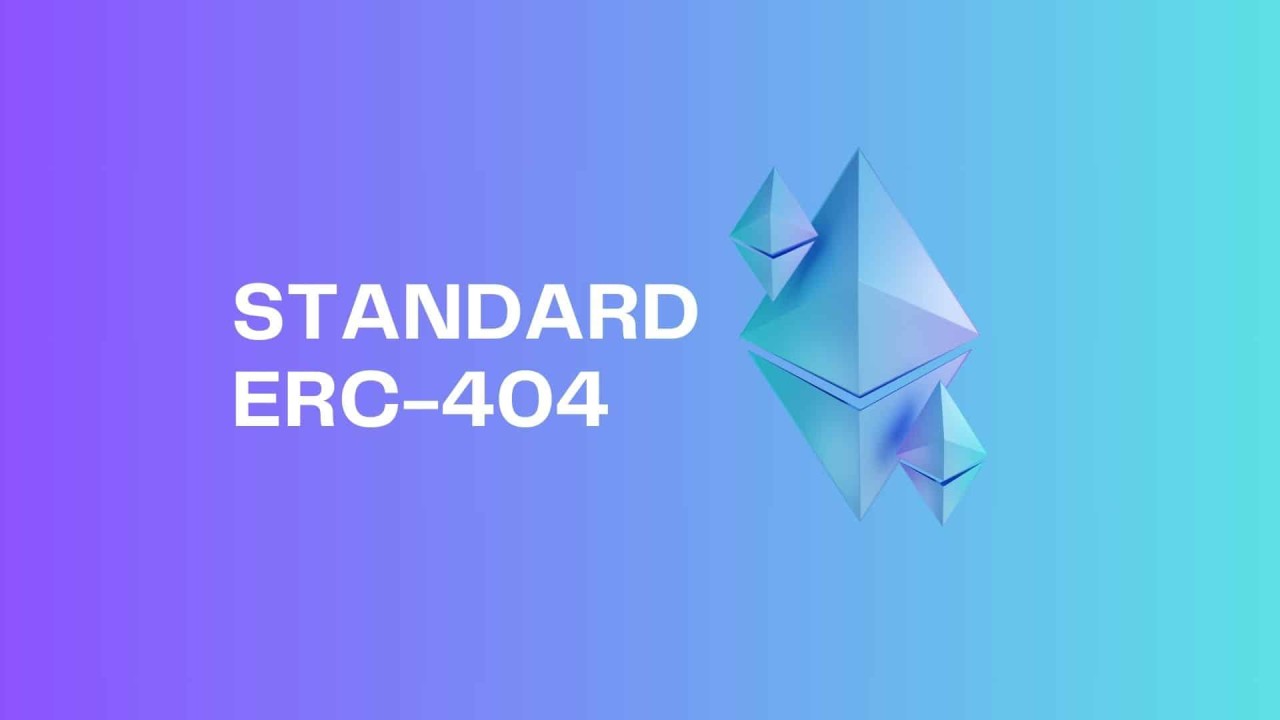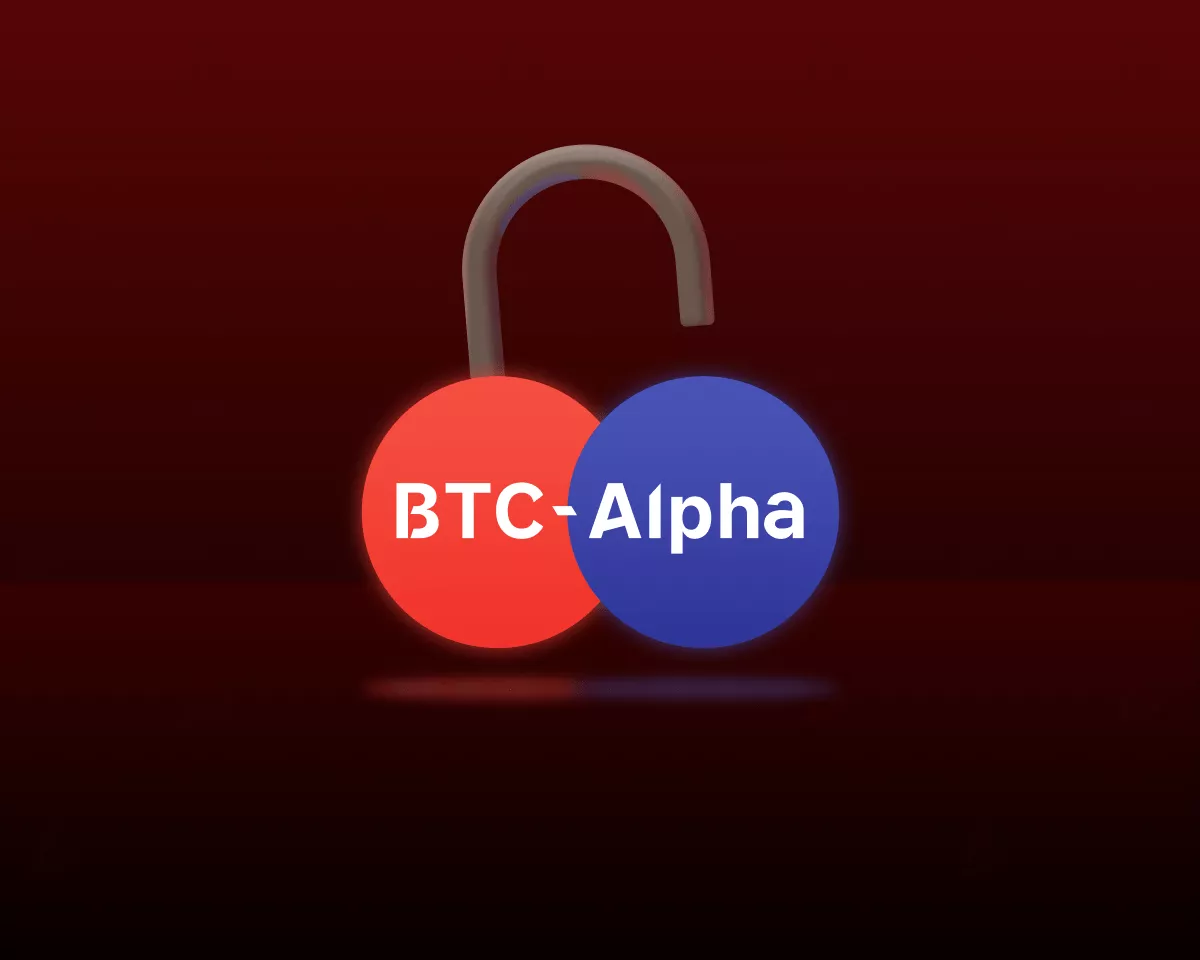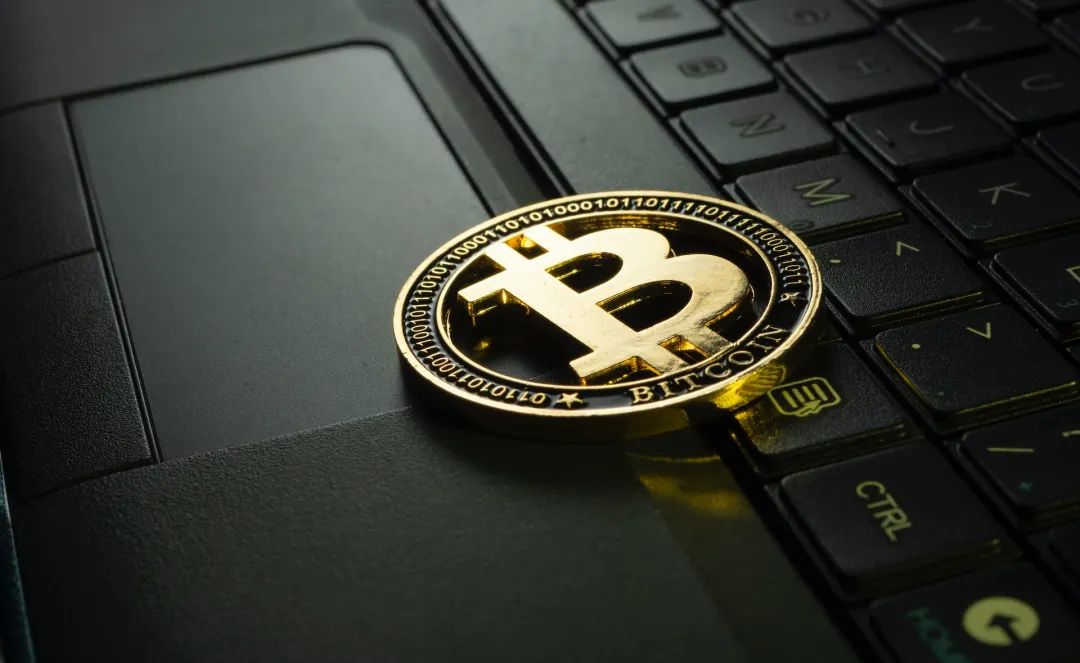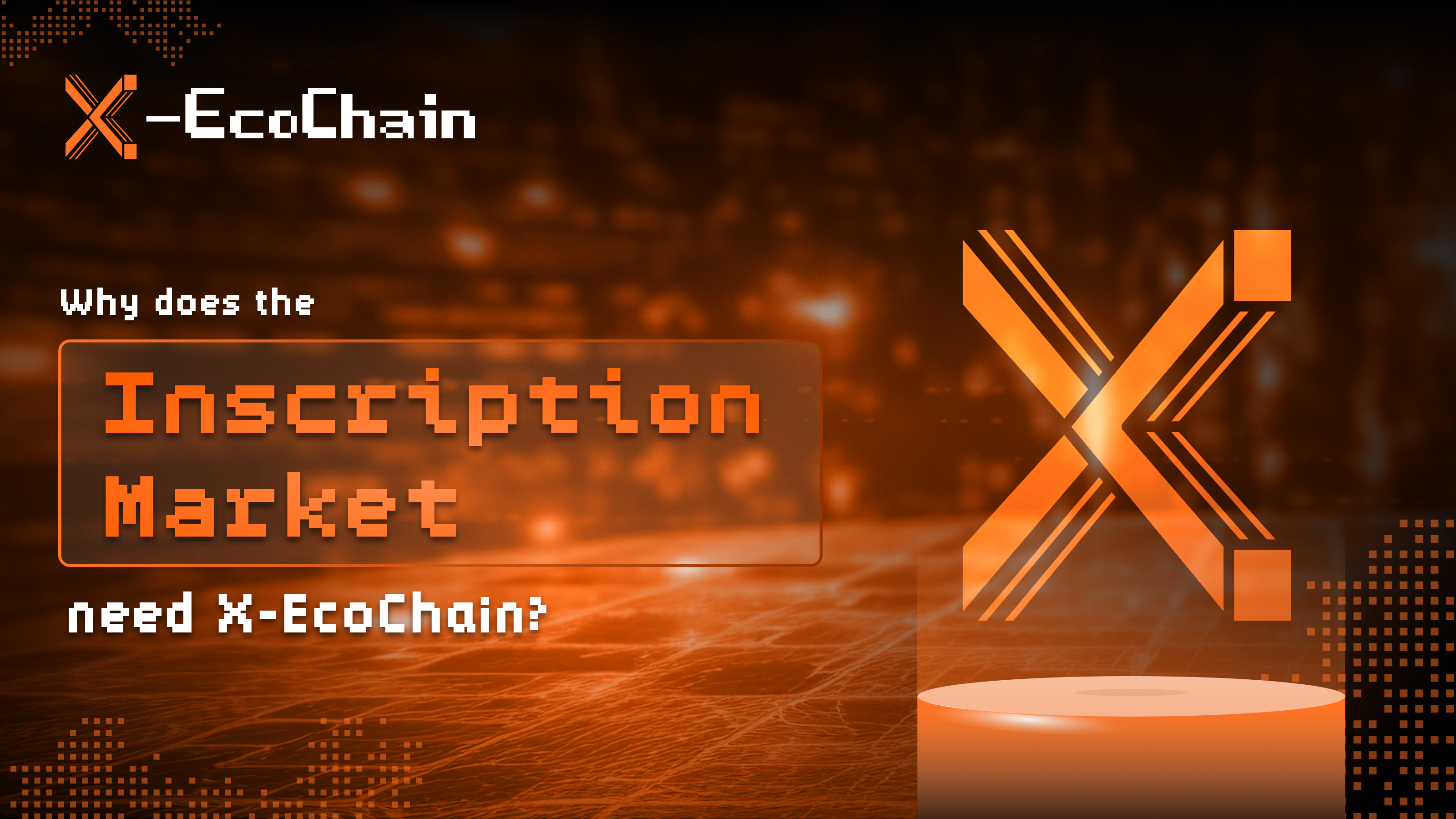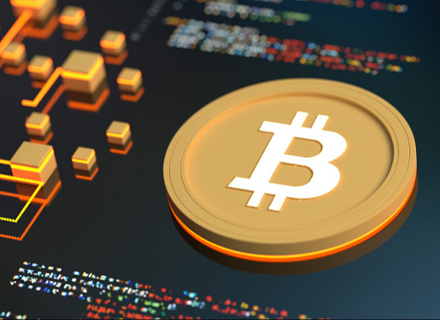Author: Daniel Li, CoinVoice
Recently, the Token Bonding protocol, represented by ERC-404, has attracted widespread attention in the NFT field. The success of projects such as Pandora has proven the potential of the combination of graphics and currency, making the NFT field revitalized. However, high gas fees limit the liquidity and development of graph-to-coin combinations. Although new projects and standards (such as Dn-404, ERC-1111 and ERC-X) have brought optimizations to the combination of graph and currency, they are still in their early stages and require further practice and security review. We need to remain cautious about how long the popularity of ERC-404 can last. To achieve sustainable development, the combination of graphics and currency will face multiple challenges such as Gas fees and security. This article will explore the advantages, challenges and future development trends of ERC-404, aiming to better understand the potential of the combination of graphics and currency and its long-term impact in the field of digital assets. At the same time, we will pay attention to the development of new technologies and projects to provide readers with valuable insights and prospects.
What is ERC-404
ERC-404 is an innovative Ethereum token standard that aims to combine the characteristics of fungible tokens (ERC-20) and non-fungible tokens (ERC-721) to create a new Token type. The standard was created to provide a breakthrough solution that blends the best of tokens and NFTs.
The ERC-404 standard was created by anonymous developers under the Pandora project. The name of this standard is inspired by the Internet error code "404 Not Found", which symbolizes the spirit of unknown and exploration. It means creating a new token standard that can meet future challenges and embrace new possibilities.
By using the ERC-404 standard, we can create a token with fractional ownership properties. This means that token holders can have partial ownership of the NFT, rather than just full ownership. This hybrid token type creates more flexibility and opportunities for NFT trading and liquidity.

Pandora was the first NFT project created using the ERC-404 protocol standard and played an important role in the formation of ERC-404. Pandora is supported by crypto exchanges and institutions such as OKX, and the transaction amount of its individual NFTs continues to increase and break new highs - Pandora#54222NFT was traded at a price of 533 WETH, setting a mining record. In the past, NFT projects were able to sell for this price, mostly blue-chip projects such as BAYC and CryptoPunks. Pandora, which is currently less than a month old, has such a record, once again demonstrating the huge potential of the combination of graphics and currency. Currently, in addition to Pandora, the 404 ecosystem includes popular projects such as DeFrogs and Rug.
ERC-404 has become the hottest trend in the crypto world since its launch, attracting the attention of enthusiasts and investors. Its design concept is extremely unique, achieving an organic integration of fungible tokens (ERC-20) and non-fungible tokens (NFT, ERC-721). This groundbreaking feature brings new possibilities and opens up avenues for innovation in the NFT space.
Traditionally NFTs have been considered illiquid assets, and the emergence of ERC-404 solves this problem. Through the ERC-404 standard, holders of ERC-404 tokens automatically receive the associated NFT. These tokens can be freely transferred or even destroyed, significantly increasing the liquidity of NFTs. This revolutionary concept not only benefits individual token holders, but has wider implications for the entire market.
Furthermore, the appeal of ERC-404 lies not only in its innovative design but also in its market growth potential. As more and more projects adopt the ERC-404 standard and engage in trading activities, the market value of ERC-404 tokens is likely to expand rapidly. This growth trajectory is expected to attract an influx of investors and further fuel interest in the ecosystem. As the adoption and implementation of the ERC-404 standard continues to expand, we can foresee more outstanding projects and innovative applications in the future.
ERC-404 operating principle
ERC-404 mixes elements of the ERC-20 and ERC-721 standards, and the two standards do not affect each other in traditional design. This makes it different from previous NFT fragmentation protocols, which simply fragment the NFT. issued. ERC-404 is designed to enable native fragmentation and liquidity in NFT projects that implement the standard. This opens up new ways to experiment with and trade NFTs.

How does ERC-404 work?
The operation of ERC-404 can be briefly summarized as the following steps:
- Create Replicant NFT: Each ERC-404 token corresponds to a unique Replicant NFT. Replicant NFTs are non-fungible digital assets with unique identifiers and attributes such as artistic images, metadata, and rarity.
- Purchase ERC-404 Tokens: Investors can purchase ERC-404 tokens, thereby gaining ownership of a portion of the NFT associated with that token. This concept of fractional ownership allows investors to participate in the market by purchasing partial NFTs instead of purchasing the entire NFT at once.
- Trading and transferring ERC-404 tokens: When an investor owns an ERC-404 token and decides to trade or transfer it, the token is used. This will trigger the burning and reminting process of the Replicant NFT.
- Burning and Recasting: During the process of burning and recasting, the original Replicant NFT will be destroyed, and a new Replicant NFT will be recast. In this way, the ownership of the token is changed, and investors can hold new, different portions of the NFT.
- Random property changes: During the burning and recasting process, the appearance and properties of newly minted Replicant NFTs will randomly change. This means that a newly minted NFT may have a different appearance, properties, or rarity than the previous one. This randomness ensures each Replicant NFT is unique and unpredictable.
Through these steps, ERC-404 enables NFT liquidity and fragmentation. Investors can participate in the market by purchasing partial NFT tokens without having to purchase the entire NFT at once. At the same time, the mechanism of random attribute changes and refreshing NFT brings more fun and space for investors to explore, increasing the appeal and value of NFT. However, since attribute changes are random, users cannot accurately control the final attributes of NFT. Therefore, when participating in the ERC-404 ecosystem, users need to weigh the risks and rewards between their investments and the changes in NFTs they may receive.
Can the ERC-404 craze continue?
The popularity of Pandora made the graphics-to-coin combination model explored by ERC-404 gain market recognition, and similar ERC-404 projects also emerged one after another. However, most people are skeptical about whether this craze can continue. As an experimental project, ERC-404 has not yet been perfected, and there is still great uncertainty.

First, it's important to note that ERC-404 is an unofficial standard and its connection to "ERC" status is only nominal. In other words, it is not developed through the traditional Ethereum Improvement Proposal (EIP) and Ethereum Request for Comments (ERC) process. Official ERC standards, such as ERC-20 and ERC-721, have been extensively vetted for security, utility, and compatibility within the Ethereum ecosystem. In contrast, ERC-404 lacks this level of scrutiny, which raises concerns about its potential vulnerabilities and overall security.
Currently, the ERC-404 development team is also aware of this problem, and the team is actively developing an Ethereum Improvement Proposal (EIP) for the token standard. If approved, the standard will become an "official" standard endorsed by the Ethereum Foundation, a non-profit organization that maintains the Ethereum blockchain, for use within the Ethereum ecosystem as a standard compatible with Ethereum-based applications. Agree on the framework.
Secondly, the ERC-404 graphics and currency combination model itself does little to help the liquidity of NFT. From a certain perspective, it is just a novel gameplay of tokens and cannot solve the problem of insufficient liquidity of NFT. As ERC404Token becomes more popular, the Ethereum network will face increasing congestion problems, leading to rising transaction fees and slower processing times. Therefore, before ERC404 is perfected, the Ethereum community is divided on its long-term viability.
In addition, ERC-404 will face more competitive pressure from rising stars. DN404 is hailed as an alternative to ERC-404, which was developed by a group of cryptocurrency enthusiasts. DN404 aims to provide similar benefits to ERC404, but with Higher efficiency and lower transaction costs. By leveraging two separate but related contracts—an ERC-20-based contract and a mirrored ERC-721 contract—DN404 attempts to address the shortcomings of its predecessor.
As an experimental project, ERC-404 still has imperfections, but it has created a semi-homogeneous Token standard by seamlessly integrating the functions of ERC-20 and ERC-721. ERC-404 has solved the problem of NFT decentralization. Provides groundbreaking solutions to globalization and mobility challenges. The birth of ERC-404Token has also become an important milestone in the evolution of the Ethereum Token standard.
404 protocol project inventory
Pandora
Pandora is the first NFT project based on ERC-404. Pandora uses this standard to create NFTs with native decentralization. This not only enhances liquidity, but also enables innovative trading strategies within the Pandora ecosystem, such as liquidity mining and liquidity staking.

Pandora launched the NFT fragmentation project on February 2. Users can obtain ERC-404 tokens by purchasing PANDORA tokens to achieve fragmented holdings of Pandora Replicants. In addition, Pandora can also be purchased directly from OpenSea.
On February 23, Wintermute Trading became the market maker for Pandora, and they minted 100 PANDORA and transferred them to the Wintermute Trading address. This attracted the attention of large whale investors, causing the price of Pandora to rise. Currently, Pandora’s real-time price is $20,673.69, and its market value is $206.74M USD. The floor price of Pandora Replicants is 7ETH, and the 24-hour trading volume is 449.79ETH.
DeFrogs
Developed in July 2022, DeFrog recently adopted the ERC-404 standard, increasing its popularity. It follows Pandora in design, with a total of 10,000 DEFROGS tokens issued. Similar to Pandora, when users purchase DEFROGS tokens on Uniswap, in addition to receiving the token itself, they will also receive a DeFrogs NFT associated with the token. This means that users holding DEFROGS tokens will enjoy partial ownership of the NFT. This concept of partial ownership is implemented through the ERC-404 protocol. This allows users to participate in the market by purchasing DEFROGS tokens instead of purchasing the entire NFT at once, and profit from the appreciation of the NFT.

The popularity of Pandora has attracted investors' attention to DeFrogs. The price of its project token DEFROGS once exceeded US$3,500. The price has fallen back and is now priced at US$920. The floor price of DeFrogs NFT is 0.359E, and the total market value is 3.53KE.
Monkees
Monkees is the latest addition to the ERC-404 ecosystem, offering a range of monkey-themed PFPs. As a latecomer, Monkees builds on the success of the former and capitalizes on the growing interest in this new token type. Monkees Price An increase of more than 2,000% from the issue price, the trading price is US$17,000 per coin. This brings its market cap to $1.8 million and liquidity to $256,000.
In addition to the ERC-404 projects mentioned above, a number of new 404 projects have also emerged outside the Ethereum ecosystem. Among them, shib’s official 404 project sheboshis was the first other chain to follow up, with a total issuance of 20,000, which is currently sold out. In addition, Cosmos-based Injective cooperated with the decentralized exchange DojoSwap to release the CW-404 standard, realizing a "semi-fungible token" similar to Pandora on Ethereum, which can be freely converted between NFT and Token. In addition, there is the token swap protocol standard on Binance Smart Chain - BSC-404, which is an experimental, hybrid BEP20/BEP721 protocol with native liquidity and fragmentation characteristics. These projects are trying to provide users with a wider range of usage and transaction options by integrating the functions of NFT and Token.

However, these projects are still in their early stages and require further observation and evaluation of their long-term development and market acceptance. At present, except for the Pandora project, most 404 projects are relatively weak, lack transaction volume, and have large currency price fluctuations. For the ERC-404 project and its similar projects, market participants should remain cautious and pay close attention to the development of the market and the actual results of the project. This allows for a better assessment of its long-term development potential and risks, and makes informed investment and participation decisions.

